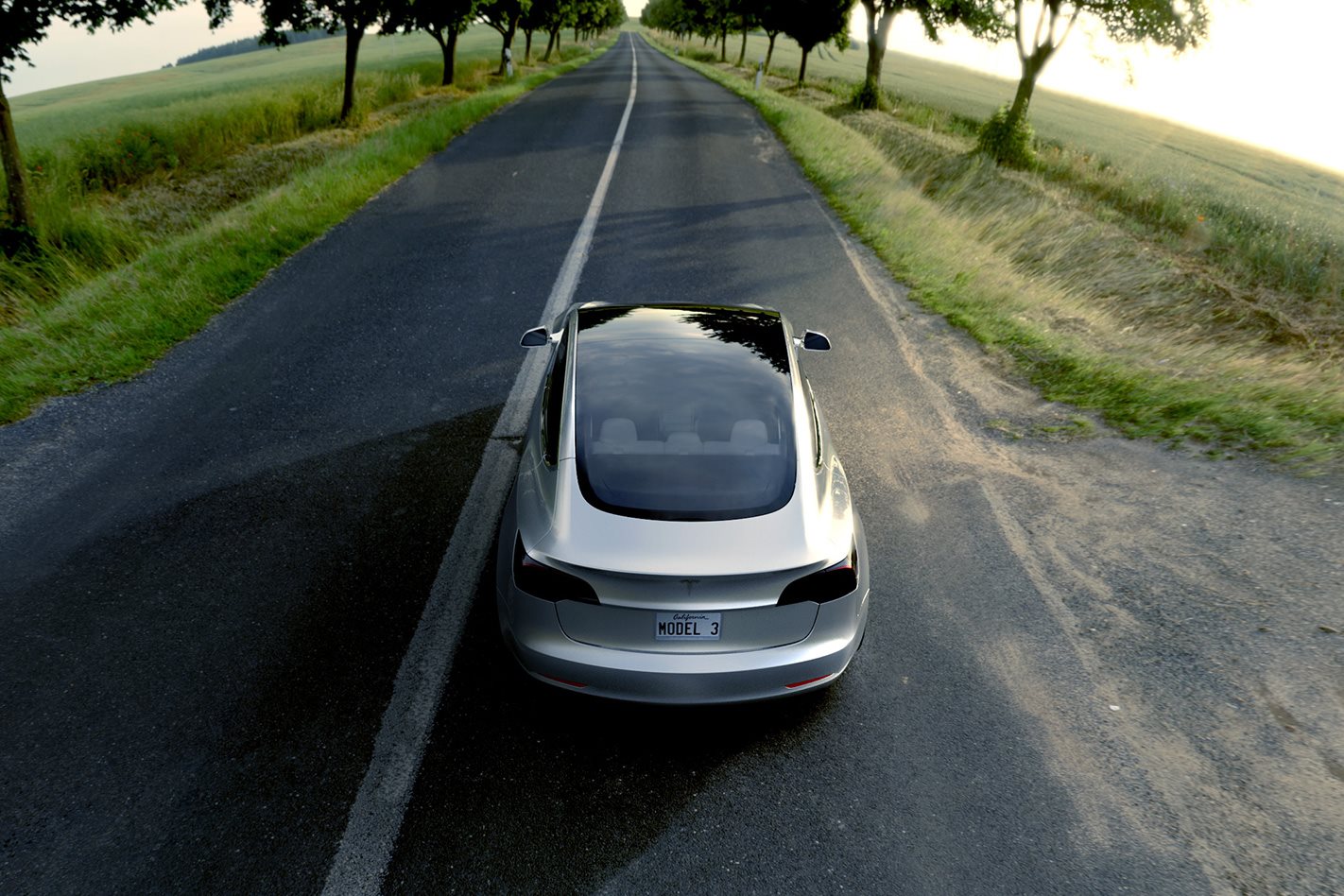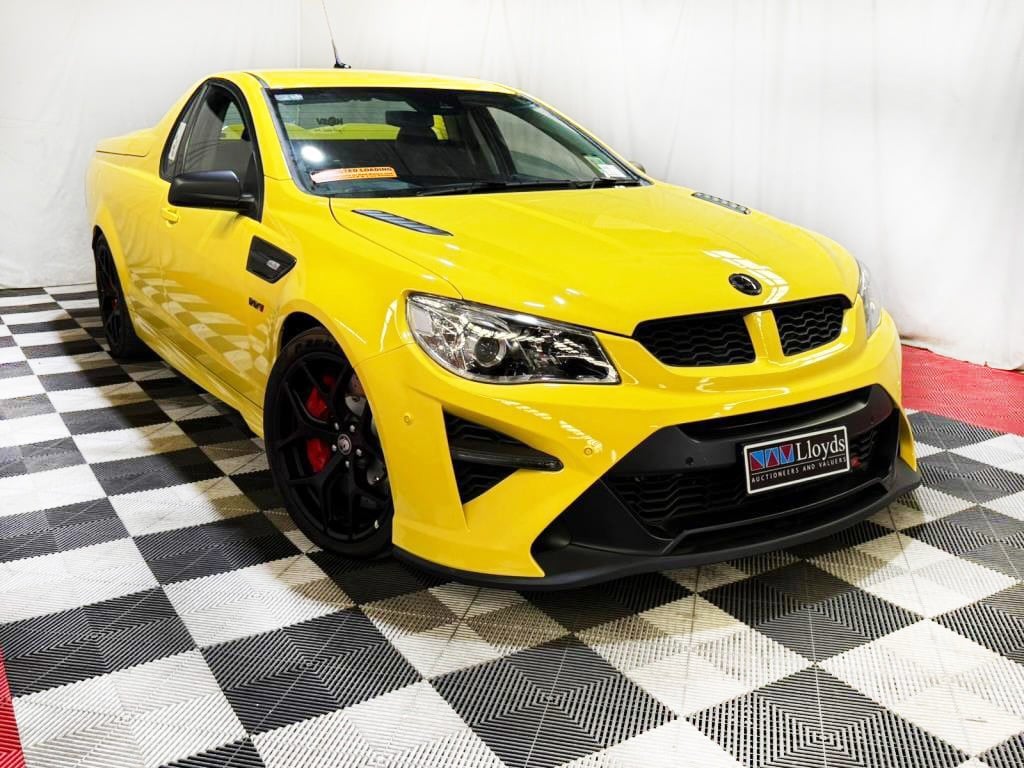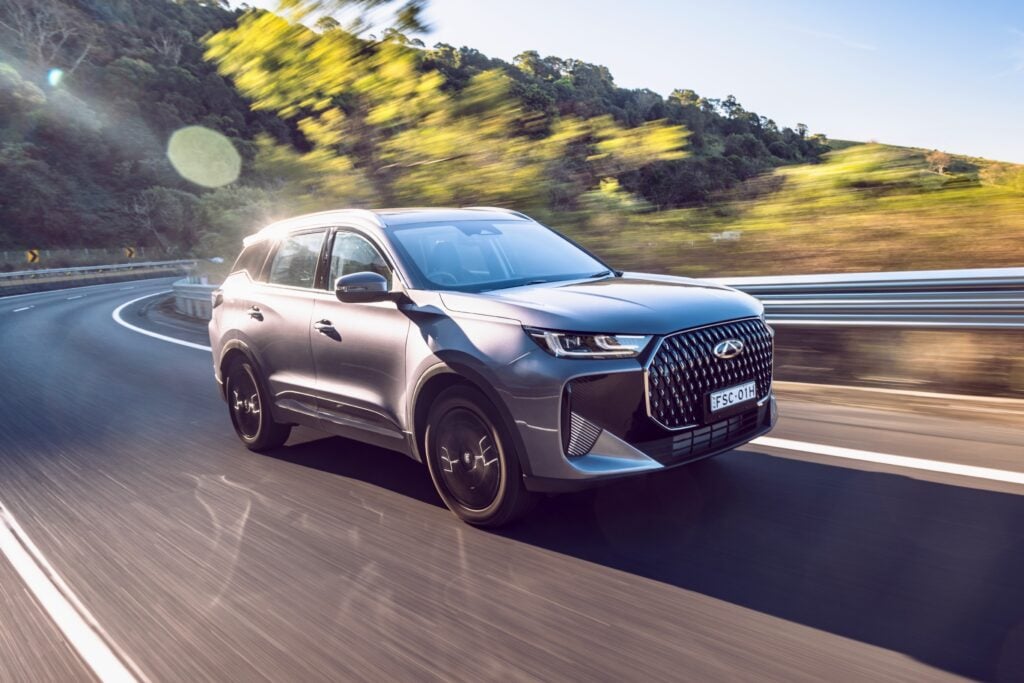Tesla is building hardware capable of full autonomy into every car it produces from today – including the upcoming circa-$55,000 Model 3 due around 2019 – as part of an ambitious plan to fast track driverless technology.
The push positions Tesla nicely to win the race to have cars that can control themselves with “no human intervention”, according to the SAE rating system by which levels of autonomy are scaled.
However, while the hardware has the potential for full autonomy, the software to allow the Model 3, Model S and Model X to operate without the assistance of a driver – as well as the required regulatory approval – could be years away.
“All Tesla vehicles exiting the factory have hardware needed for level five autonomy,” said Tesla boss Elon Musk on a conference call with media this morning.
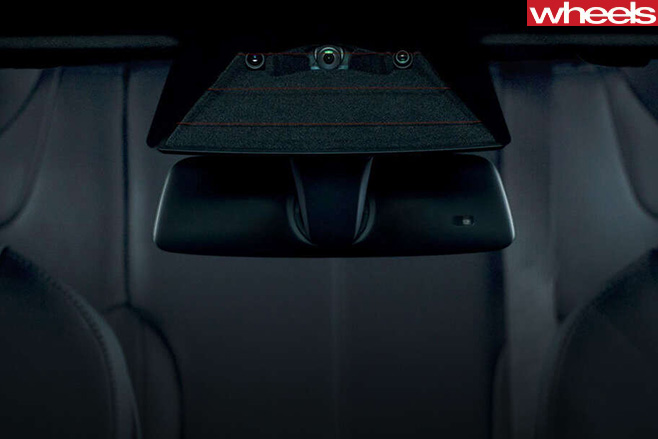
“It will take us some time … to complete validation of the [level five autonomous] software … and [get] the required regulatory approval,” admitted Musk when quizzed on how soon people could expect to pay no attention to the road or what the car is doing.
Interestingly, Musk said the forward cameras would have redundancy functionality built in, so if there is a hardware failure with one camera others can take over and still ensure the car maintains proper control.
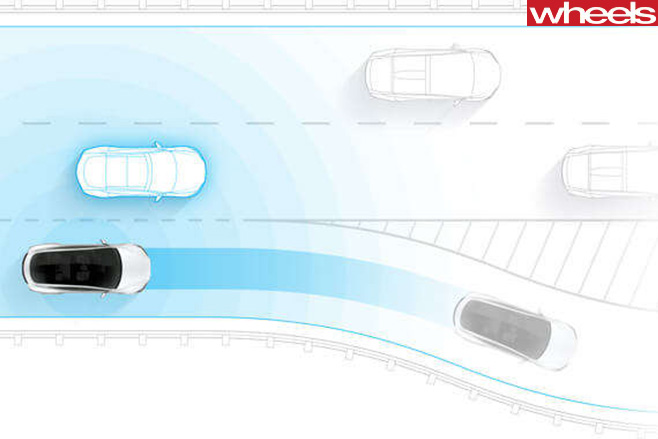
“We will roll it out initially in shadow model … the car is not taking any action, but it is registering when it would take an action and when it would not take action,” said Musk.
However, Musk admits much of the functionality and its planned implementation will rely on regulators around the world, something that could seriously slow its introduction in places such as Australia, where LED light bars can cause regulators headaches and lead to different regulations in different states.
“It’s not something within our control,” said Musk. “It’s not up to us it’s up to the regulators. What does the public think is appropriate, what do the regulators think is appropriate … the system will always be updating in shadow mode.”
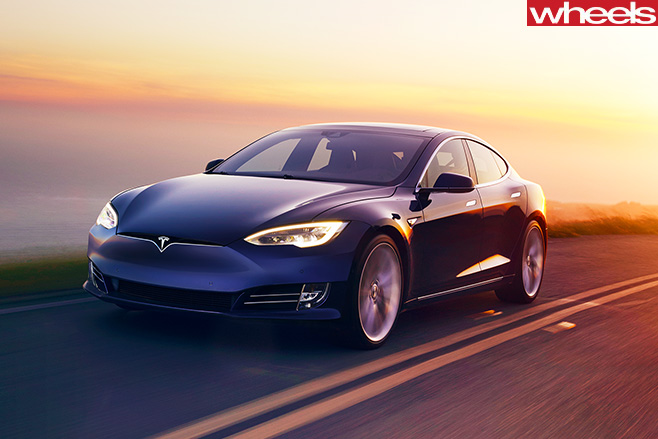
“That would be up to individual insurance,” said Musk, referencing elevator manufacturer Otis and saying it would not cover every issue.
The announcement comes despite the much-publicised fatality in the US in May, whereby a Tesla Model S crashed into a truck, killing its driver who had apparently engaged the car’s AutoPilot system that takes care of steering, braking and accelerating on freeways.
Musk used the opportunity to take a swipe at the media, saying it focuses too heavily on rare failures of autonomous systems and not enough on the estimated 1.2 million road fatalities that occur around the world each year.
“It does not reflect well upon the media, it really doesn’t,” he said. “If, in writing some article that’s negative you effectively dissuade people from using autonomous vehicles you’re killing people.”
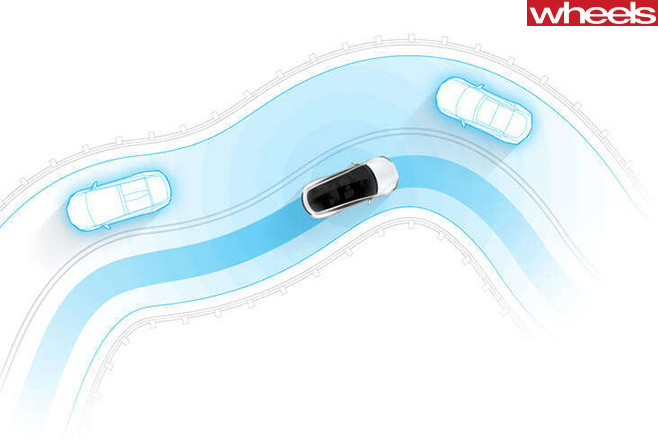
Musk admits the original enhanced AutoPilot system will not be as capable as the AutoPilot suite on existing Teslas – cars that use the “hardware one” package that includes a single camera and various sensors and radar – but that the fleet learning capability, whereby cars are constantly collecting data and feeding it back to HQ, will ensure it’s only a few months until the surpass the intelligence of existing cars.
Tesla says while the new features are being activated, the old systems will be temporarily unavailable.
“Before activating the features enabled by the new hardware, we will further calibrate the system using millions of miles of real-world driving to ensure significant improvements to safety and convenience,” it said in a statement.
“While this is occurring, Teslas with new hardware will temporarily lack certain features currently available on Teslas with first-generation Autopilot hardware, including some standard safety features such as automatic emergency breaking, collision warning, lane holding and active cruise control. As these features are robustly validated we will enable them over-the-air, together with a rapidly expanding set of entirely new features.”

